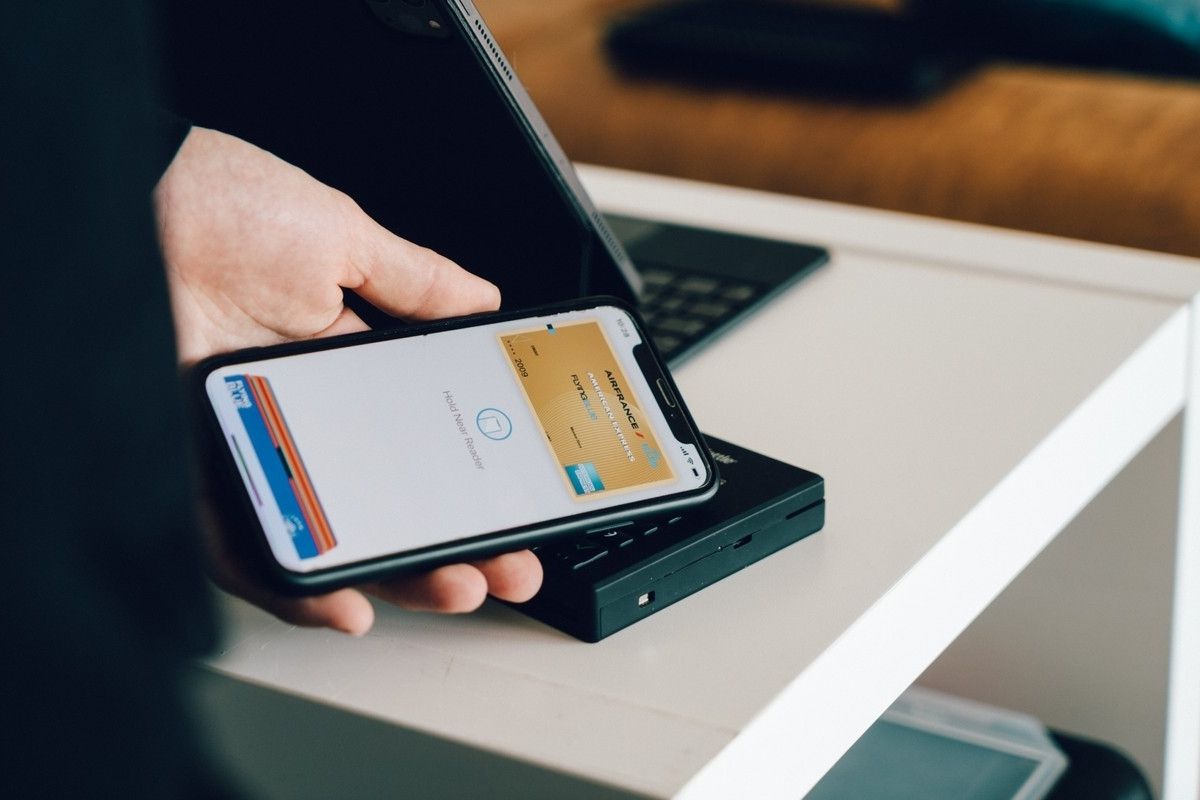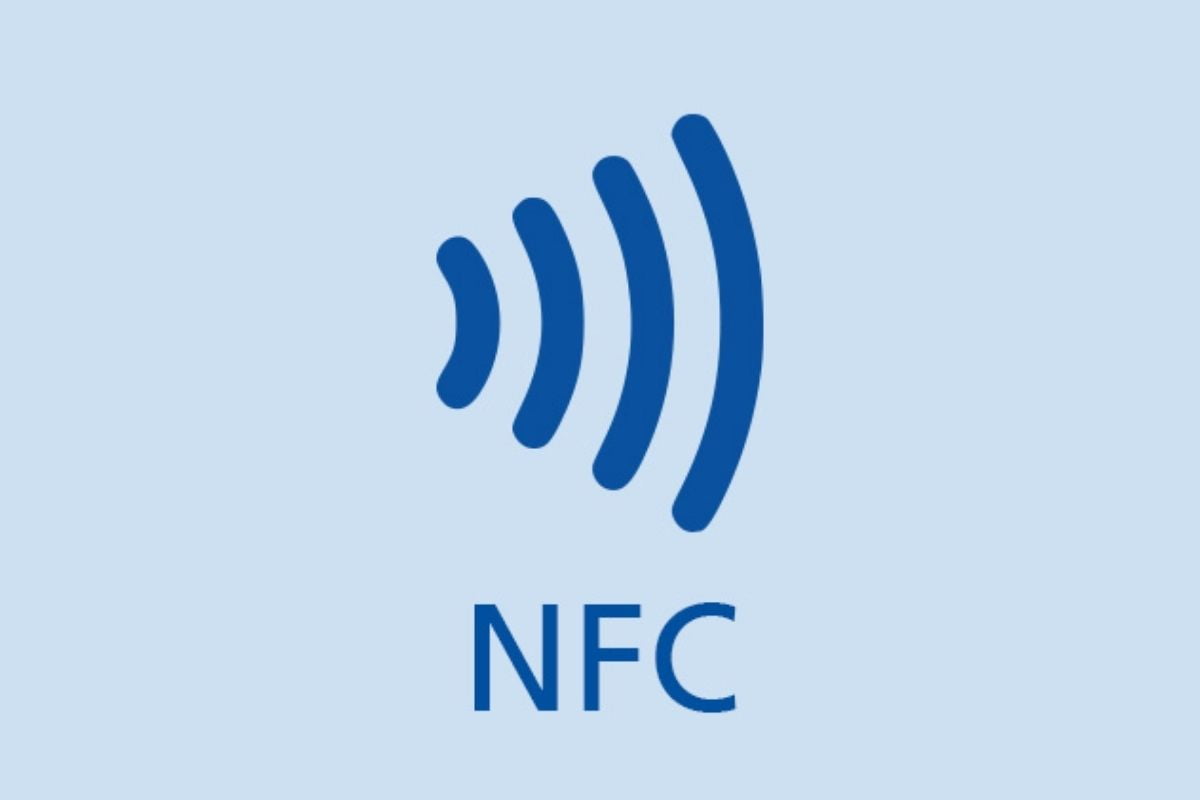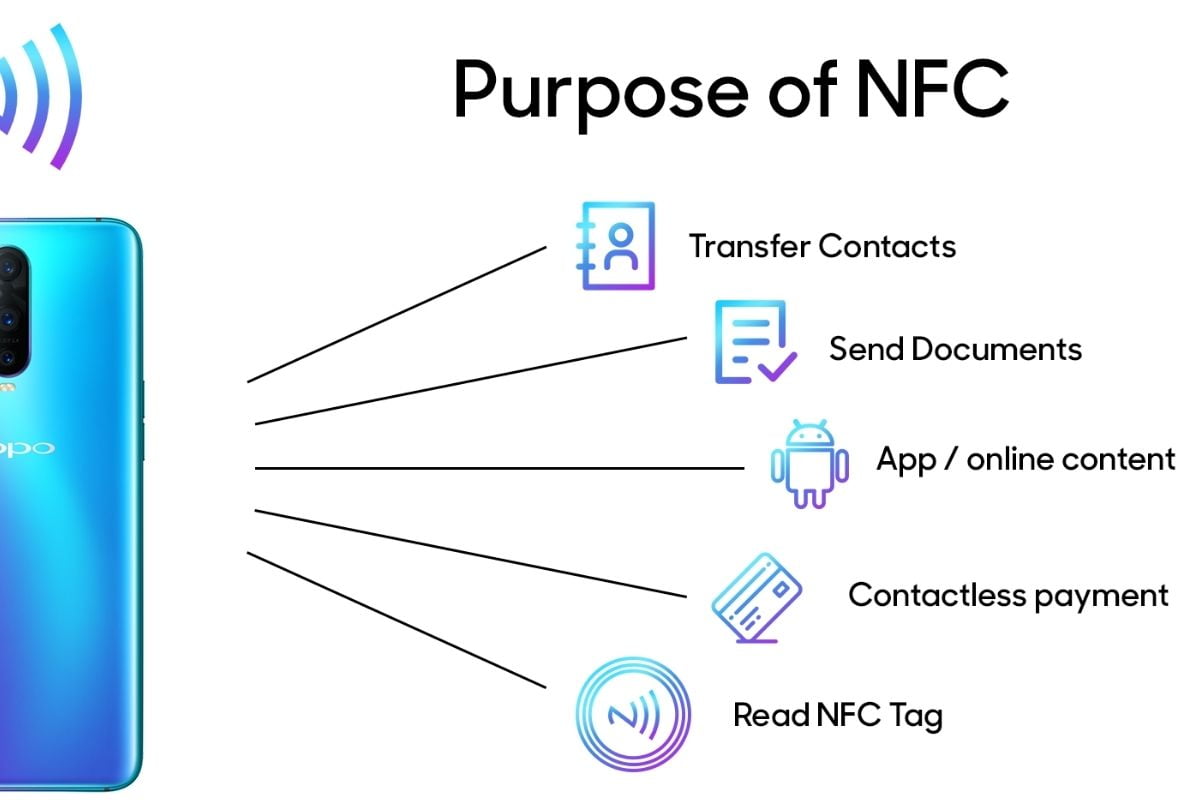Anyone who is into technology has undoubtedly heard about NFC, which as a simple description is a mainstream wireless technology that took off owing to the increase in online payment systems that include the likes of Google Pay and Samsung Pay, both of which have tons of users on a worldwide basis. NFC has long been a feature on handsets, with devices from 2012 featuring the same, and, in today’s age, most mid-range and flagship devices come with support for the same. But, even though you have heard of the term NFC, have you ever wondered what it exactly is and how it works? Given its increased importance, it makes sense to learn more about this bit of technology, is it not?
What is NFC?
Let’s break down that name, NFC stands for Near Field Communication and, as is painfully evident via the naming scheme, the technology allows for short-range communication between compatible handsets or devices. In order to make use of this, there is a need for one transmitting device and another device that should receive the signal from the first. There are multiple devices in existence that can make use of the NFC standard, for those of you wondering. These devices are segregated into Passive and Active NFC devices, with the former consisting of tags or small transistors that can send information to other NFC devices without having to make use of any sort of power source, but, they do come with a drawback, which is that they do not process any information that is sent from other sources. On the other hand, Active devices are capable of sending and receiving data and can communicate with each other and passive devices, with the most common active devices being smartphones themselves. Some other examples include touch payment bases and public transport readers used in areas such as the train station and metros.
How Does NFC Exactly Work?
Now that you know what NFC exactly is, how does it work? Well, to start off, much like Wi-Fi and Bluetooth, NFC works by sending information over radio waves, as it is another standard for wireless data transitions. What this means is that the devices must be of certain specifications so as to communicate with each other properly. The key tech used in NFC is dependent on the dated RFID or Radio-frequency-identification idea, which made use of electromagnetic induction so as to allow for transmission. Do note that NFC technology fails to charge smartphones as some might think, but Qi wireless charging, a standard of wireless charging makes use of the same principle. Electromagnetic fields can be employed for the transit of data or induction of electrical currents in a receiving device. Passive NFC devices are also able to draw power from fields left by active devices, but the range itself is pretty short. In order to determine what kind of information is to exchange between different devices, NFC currently offers three types of operations, the key of which is the peer-to-peer model. This basically lets two NFC-enabled devices exchange multiple bits of information between each other. In this mode, both devices can switch between active whilst sending data and passive when receiving data. On the other hand, Read/write mode, uses one-way data transmission. The active device, which is most likely your smartphone, links up with another device to read information from it. NFC tags usually opt for this model. The final model is card emulation, wherein NFC devices can function as contactless credit cards and make payments without having to enter data each time.


